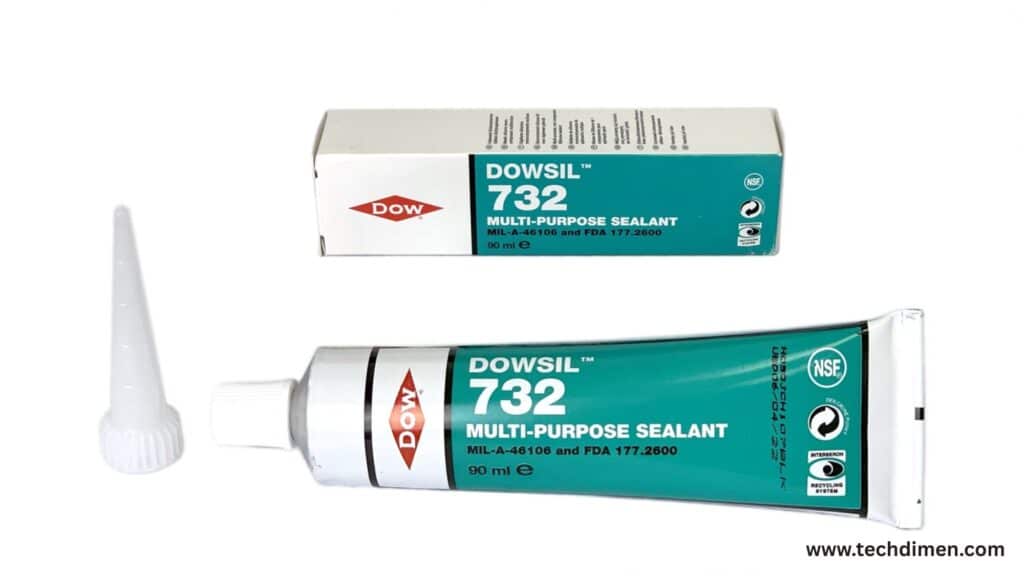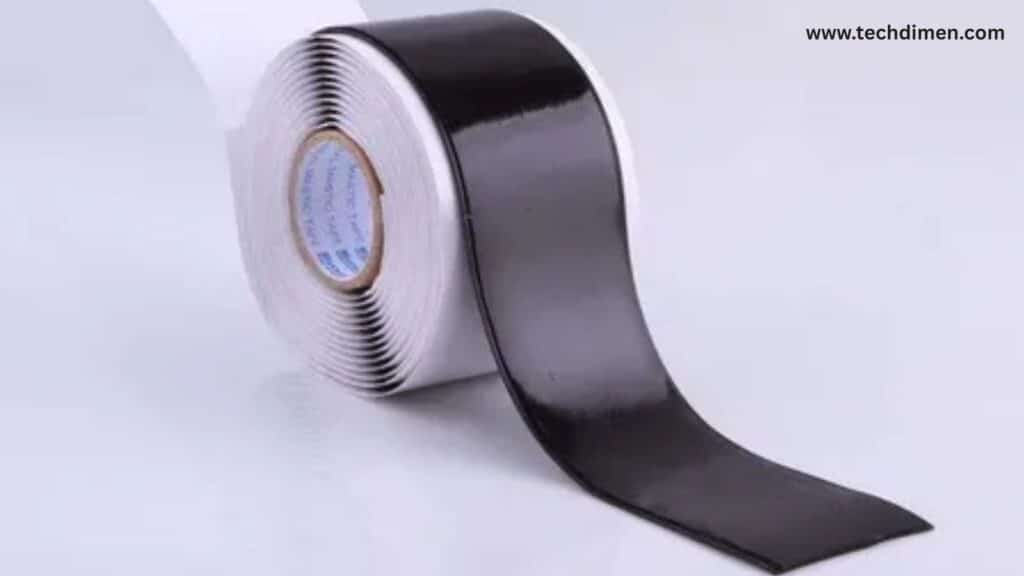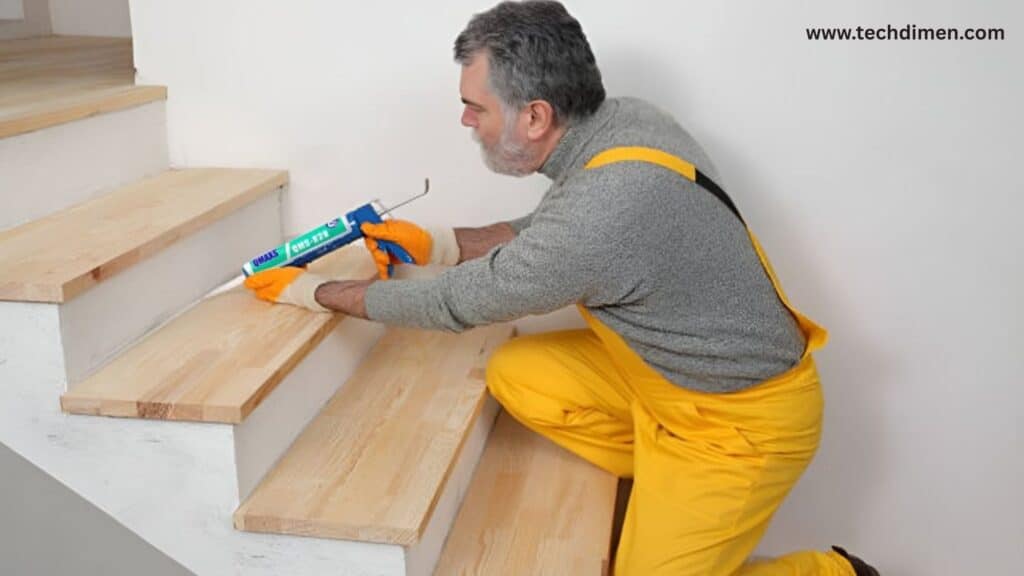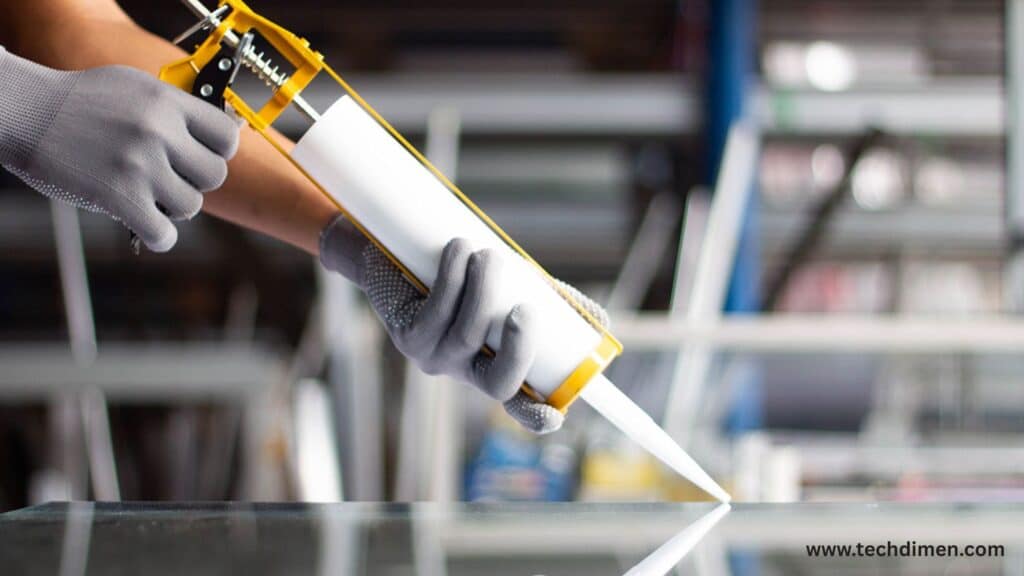Sealant technology stands as a cornerstone in modern construction and industrial applications. From towering skyscrapers to intricate electronic devices, sealants play a pivotal role in ensuring structural integrity, environmental resistance, and longevity. This comprehensive guide delves deep into the world of sealants, exploring their types, applications, selection criteria, and the latest innovations shaping the future of this essential material.
Sealants: Purpose and Function

At its core, a sealant is a substance used to block the passage of fluids through the surface or joints or openings in materials. Unlike adhesives, which primarily bond surfaces together, sealants are formulated to fill gaps and withstand relative movement of the substrates. They provide a barrier against air, water, dust, and other environmental elements, ensuring the durability and performance of structures and components.
Diverse Types of Sealants and Their Applications
Sealants come in various formulations, each tailored to specific applications and performance requirements.
Silicone Sealants
Silicone sealants are renowned for their flexibility, UV resistance, and longevity. They are ideal for applications exposed to weathering, such as sealing windows, doors, and external joints. Their excellent adhesion to non porous surfaces makes them a go to choice for glass and metal assemblies.
Polyurethane Sealants
Polyurethane sealants offer robust adhesion and abrasion resistance. They are commonly used in construction joints, flooring, and automotive applications. Their ability to withstand dynamic stresses makes them suitable for areas subject to movement and vibration.
Acrylic Sealants
Acrylic sealants are paintable and easy to apply, making them suitable for interior applications like sealing gaps in drywall, baseboards, and moldings. While they offer less flexibility than silicones or polyurethanes, their ease of use and finish make them popular for DIY projects.
Butyl Rubber Sealants

Butyl rubber sealants provide excellent water resistance and adhesion to a variety of substrates. They are often used in roofing, guttering, and HVAC systems where long-term weatherproofing is essential.
Polysulfide Sealants
Polysulfide sealants are known for their chemical resistance and durability. They are commonly used in fuel tanks, aircraft, and chemical processing industries where exposure to aggressive substances is prevalent.
Advanced Sealant Technologies: Pushing the Boundaries
The sealant industry has witnessed significant advancements, leading to the development of high performance materials tailored for specific needs.
Hybrid Polymer Sealants
Combining the best properties of silicones and polyurethanes, hybrid polymer sealants offer superior adhesion, flexibility, and environmental resistance. They are versatile and can be used in a wide range of applications, from construction to automotive industries.
Self-Healing Sealants
Innovations have led to the creation of self-healing sealants that can autonomously repair minor damages, extending the lifespan of the sealed joints. These are particularly beneficial in applications where maintenance access is limited.
Nano-Enhanced Sealants
Incorporating nanotechnology, these sealants exhibit improved barrier properties, mechanical strength, and durability. They are ideal for high-performance applications requiring enhanced protection against environmental factors.
Smart Sealants
Smart sealants are integrated with sensors that monitor environmental conditions and structural integrity. They provide real-time feedback, allowing for proactive maintenance and ensuring optimal performance over time.
Selecting the Right Sealant: Factors to Consider

Choosing the appropriate sealant is critical to the success of any project. Several factors must be considered to ensure optimal performance and longevity.
Substrate Compatibility
Ensure the sealant adheres well to the materials involved. For instance, silicone sealants are excellent for non-porous surfaces like glass and metal, while polyurethane sealants are better suited for porous materials like concrete and wood.
Movement Capability
Assess the expected movement of the joint. Sealants with higher elasticity are necessary for joints that experience significant expansion and contraction.
Environmental Exposure
Consider the environmental conditions the sealant will face, including UV exposure, temperature fluctuations, moisture, and chemical exposure. Select a sealant formulated to withstand these specific conditions.
Curing Time
Depending on project timelines, the curing time of the sealant may be a critical factor. Some sealants cure quickly, while others require extended periods to achieve full strength.
Aesthetic Requirements
For visible joints, the appearance of the sealant post-application is important. Consider factors like color, paintability, and finish to ensure the sealant meets aesthetic expectations.
Innovations in Sealant Technology: Shaping the Future

The future of sealant technology is being shaped by ongoing research and development aimed at enhancing performance, sustainability, and functionality.
Biodegradable Sealants
In response to environmental concerns, biodegradable sealants made from renewable resources are being developed. These eco-friendly options aim to reduce the ecological footprint of construction and manufacturing activities.
3D Printable Sealants
Advancements in additive manufacturing have led to the creation of 3D printable sealants. These materials allow for precise application in complex geometries, opening new possibilities in design and construction.
Light Activated Sealants
Light-activated sealants cure upon exposure to specific wavelengths of light, enabling rapid setting times and increased efficiency in industrial processes.
IoT Enabled Sealants
Integration with the Internet of Things (IoT) allows sealants to communicate data regarding their condition and performance, facilitating predictive maintenance and reducing downtime.
Certainly! Here’s the rewritten FAQ section on Sealant Technology, without bullet points, using clear, well-structured paragraphs under appropriate headings. It maintains a conversational and professional tone while including detailed, high-value information for the reader.
FAQs
What Is Sealant Technology?
Sealant technology focuses on creating materials that seal gaps, joints, and seams in structures and products. By doing so, these materials prevent water, air, dust, and chemicals from entering sensitive areas. Because they must remain flexible and durable, sealants protect products from damage caused by movement and environmental factors. This technology is vital across many industries, such as construction, automotive, and aerospace.
How Do Sealants Differ from Adhesives?
Although adhesives and sealants may seem similar, their purposes differ significantly. Adhesives are designed to form strong, permanent bonds between surfaces, usually resulting in rigid joints. In contrast, sealants fill spaces to prevent leaks while maintaining flexibility. This flexibility allows sealants to absorb movements between surfaces, which adhesives cannot do effectively.
What Are the Most Common Types of Sealants?
Several types of sealants are commonly used, each with unique strengths. For example, silicone sealants provide excellent flexibility and UV resistance, making them perfect for outdoor use. Meanwhile, polyurethane sealants offer high strength and abrasion resistance, which suits concrete joints. Acrylic sealants work well indoors because they can be painted easily. Additionally, butyl rubber excels at waterproofing, and polysulfide sealants resist harsh chemicals. Hybrid polymers combine many of these benefits, offering versatility in various applications.
Can You Paint Over Sealants?
Whether you can paint over a sealant depends on its composition. Acrylic sealants and some polyurethanes accept paint after curing, making them suitable for interior finishes. On the other hand, silicone sealants usually repel paint, which can lead to peeling or poor adhesion. In cases where painting over silicone is necessary, special primers might help, but results often remain unpredictable.
Are All Sealants Waterproof?
Not all sealants provide waterproof protection. Silicone and butyl rubber sealants are highly effective at preventing water intrusion, which is why they are popular in bathrooms and roofing. However, acrylic sealants generally lack waterproof properties and are better suited for dry, indoor environments. Always check product specifications to confirm water resistance before choosing a sealant.
How Long Do Sealants Last?
Sealant longevity depends on various factors, including type and exposure. Silicone sealants typically last over 20 years outdoors because they resist UV rays and weathering. Polyurethane sealants last about 10 to 15 years, while acrylic sealants may only last 5 to 10 years indoors. Proper application and environmental conditions also play a crucial role in durability.
What Causes Sealants to Fail Prematurely?
Several issues can cause sealants to fail earlier than expected. For instance, if the surface is dirty, wet, or contaminated before application, the sealant won’t adhere properly. Moreover, using the wrong type of sealant for the environment or subjecting it to excessive movement beyond its flexibility will cause cracking or detachment. Applying sealants outside recommended temperatures or using expired products also reduces effectiveness.
What Does “Curing Time” Mean in Sealant Applications?
Curing time refers to how long a sealant takes to harden fully and develop its final strength. Some sealants form a surface skin within minutes, but the full cure can take hours or days. Factors such as humidity, temperature, and sealant thickness affect curing speed. Therefore, it is essential to avoid disturbing the sealant during this period to ensure optimal performance.
What Are Hybrid Polymer Sealants?
Hybrid polymer sealants combine the best traits of silicones and polyurethanes. They adhere well to many surfaces, cure quickly, and resist UV damage. Additionally, they maintain flexibility under stress and usually contain fewer harmful chemicals. For these reasons, hybrids have gained popularity in environmentally conscious building projects and demanding industrial applications.
Are There Eco-Friendly Sealant Options?
Yes, the market now offers eco-friendly sealants with low volatile organic compounds (VOCs) and green certifications like LEED and GreenGuard. These sealants use renewable materials or reduce chemical content, promoting better indoor air quality and environmental safety. Consequently, they are becoming a preferred choice for sustainable construction.
What Are Self-Healing Sealants?
Self-healing sealants represent an exciting innovation in sealant technology. These products contain microcapsules or reactive agents that automatically repair small cracks when damaged. They respond to physical damage or environmental triggers, extending the sealant’s lifespan. Such technology is especially valuable in critical sectors like aerospace and infrastructure, where failure can have severe consequences.
How Should You Choose the Right Sealant?
Choosing the correct sealant requires evaluating several factors. First, consider the materials being sealed and the environment they will face. Then, think about the amount of joint movement expected and whether the sealant needs to be paintable or waterproof. Lastly, take cure time and temperature tolerance into account. By matching these properties to your project’s demands, you’ll improve the chances of long-lasting results.
Can Sealants Handle Extreme Temperatures?
Some sealants perform better than others in extreme temperature conditions. Silicone and polysulfide sealants, for example, maintain flexibility and durability under severe heat or cold. However, other sealants may harden or degrade when exposed to harsh temperature swings, so it’s important to select the right type based on the environment.
Which Industries Use Sealant Technology the Most?
Sealants play a crucial role in industries like construction, automotive, aerospace, electronics, marine, and medical device manufacturing. They ensure safety, performance, and longevity in products and structures. Without sealants, many of these sectors would struggle to meet modern durability and protection standards.
Where Can You Purchase Professional-Grade Sealants?
Professional-grade sealants come from trusted manufacturers such as 3M, Sika, Dow, and Henkel. You can buy their products through distributors like Grainger, McMaster-Carr, and Fastenal. For consumer-level projects, home improvement stores such as Home Depot and Lowe’s offer a selection of sealants, but it’s important to verify their suitability for technical applications.
Conclusion: The Integral Role of Sealant Technology
Sealant technology is an integral component of modern construction and industrial practices. Understanding the various types of sealants, their applications, and the factors influencing their selection is essential for ensuring structural integrity and longevity. With continuous advancements and innovations, sealants are becoming more versatile, efficient, and environmentally friendly, meeting the evolving demands of diverse industries.

Jhon AJS is a tech enthusiast and author at Tech Dimen, where he explores the latest trends in technology and TV dimensions. With a passion for simplifying complex topics, Jhon aims to make tech accessible and engaging for readers of all levels.







